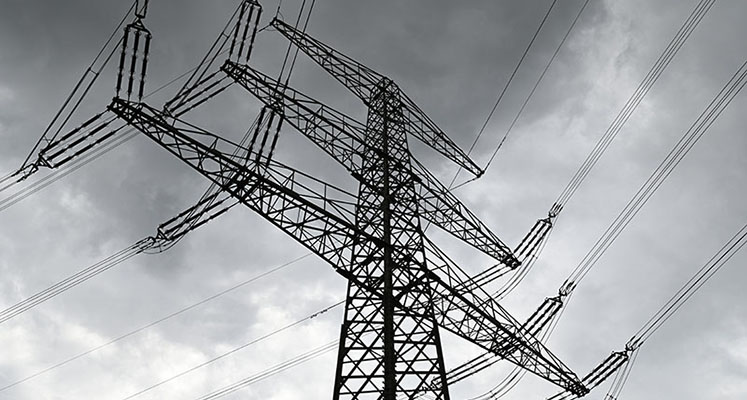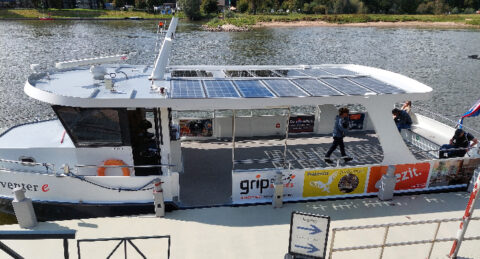Grid operators can now oblige large companies, for a fee, to give up part of their power capacity at times when the grid is congested. This should create more room for new connections. This is one of the measures from a "broad package" presented by the Authority Consumer & Market (ACM) to combat the problems of grid congestion.
The Consumer & Market Authority (ACM) is presenting a broad package of measures that will reduce the problem of grid congestion. The measures should make flexible use of the electricity grid attractive. The ACM ensures that large consumers are cheaper if they use the power grid less at peak times. This makes room for other consumers and for producers of renewable electricity. Thanks to a priority regulation for projects with a social interest, network operators can use the space thus created to connect schools or hospitals, for example, more quickly.
The problem of grid congestion occurs mainly at peak times: rush hour from 6 a.m. to 9 a.m. and between 4 p.m. and 8 p.m. Then there is too much supply or demand for power. Outside peak hours, there is still room. Thanks to the ACM's measures, large consumers can receive compensation of up to 50% of their grid costs if they use the grid less during rush hour. This creates space for other companies that would otherwise have to wait a long time for capacity.
Board member Manon Leijten: "With this package of measures, we offer every opportunity to make better use of the available capacity on the electricity grid. This is necessary and important because grid expansions are a long-term issue, but also to keep the grid affordable."
Congestion Management
To ensure that solar and wind farms can still be connected in areas with too much production, the ACM is tightening the rules for congestion management. Congestion management means that the grid operator can oblige large companies to offer flexibility - for a fee. With the introduction of a participation obligation, more flexibility will become available and there will be more room for new connections.
The queue for grid access is ever increasing. With the prioritization framework established by the ACM, grid operators can now prioritize projects that are of social value. So-called congestion-relievers, such as battery systems that provide more capacity for other users, will be given first priority. The second category concerns security with defense, police and acute health care as examples. The third category looks at multiple basic needs such as drinking water and education. The ACM has drawn up the prioritization framework because the current practice that network operators always give projects access to the network on a first come, first served basis does not always work out well. The prioritization framework came about after intensive consultation with Netbeheer Nederland, VNG, IPO, the Ministry of Economic Affairs and Climate Change and other stakeholders. The prioritization framework was drawn up on the basis of objective and transparent criteria and is therefore in line with the European legal requirement of non-discrimination. Network operators are obliged to use the prioritization framework from October 1, 2024. Applicants must then demonstrate that they should be given priority.
Connection terms
The package of measures further consists of agreements between grid operators and grid users on connection deadlines for large companies. In most cases, these customers are subject to up to 52 weeks to achieve a connection, depending on the circumstances.
Furthermore, grid operators will more strictly monitor whether companies are using all the capacity they have contracted. If this is not the case, or if companies no longer need the capacity, the network operator can curtail the contract. This will free up capacity for others.
The ACM gives grid operators and companies room to experiment with more efficient use of power grid capacity. If regulations stand in the way of experiments, parties can report to the ACM. The ACM can then decide to tolerate or issue an exemption.
National grid congestion action program
The measures were developed in cooperation with grid operators, interest groups, co-governments and other stakeholders. The ACM is also working with all these parties in the National Grid Congestion Action Program (LAN). From the action program, the ACM is exploring with the grid operators whether additional measures are possible. For example, shaping a transmission tariff for companies that feed in and introducing group contracts for transmission capacity for business parks, for example.
Energie-Nederland considers obliging companies to give up capacity "very far". "Such (threatening) interventions in business operations can undermine support for the energy transition," the industry association for energy companies said in a statement. "Energie-Nederland continues to call attention to the accelerated strengthening and expansion of the grid.After all, that is the most effective solution to the lack of capacity."











